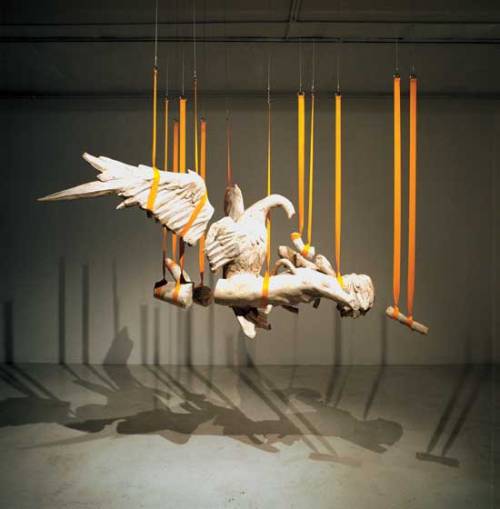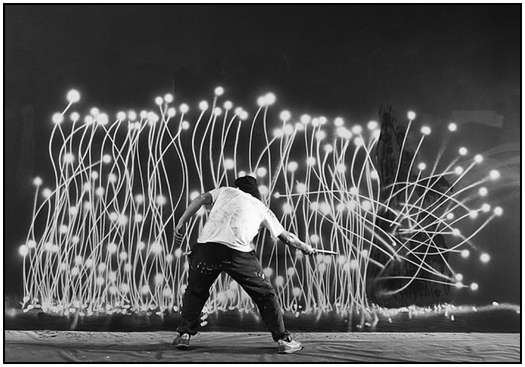For years I have been told that I needed to watch HBO's Six Feet Under and about two months ago, ten years after the show premiered, I finally sat down to watch it. What an experience....

I must admit, I didn't understand what all the fuss was about when I started. Yes, it began with one mother of a bus accident and was set in a funeral home, but beyond it seemed like a typical American family drama. There was a control freak mother (Ruth played by Frances Conroy), a removed father (Nathaniel played by Richard Jenkins), a bratty younger daughter (Claire played by Lauren Ambrose), and the sarky, womanizing prodigal son come home (Nate played by Peter Krause). I only continued watching because of the brilliant Michael C. Hall, who I fell in love with watching Dexter. I love the subtle detail of his facial gestures, which always seem so quirky and idiosyncratic of the character. He is able to transform the cliche of the gay, repressed middle child into, in my opinion, the most lovable character on the show.
It must be said that every actor in the principle cast is impeccable. The content is melodramatic in nature, but never once did I dissociate from a character in crisis. I love Patricia Clarkson and Kathy Bates in their recurring roles.
And the closing montage of the season finale turns on the cheese for the most beautiful ending to a show I have ever seen *author blames the music*. I fell in love with the characters, the era, the life that they live. A lesson in how to act and make a great television series.
YOU MUST SEE IT! *Author realises that everyone probably already has. Sighs*




